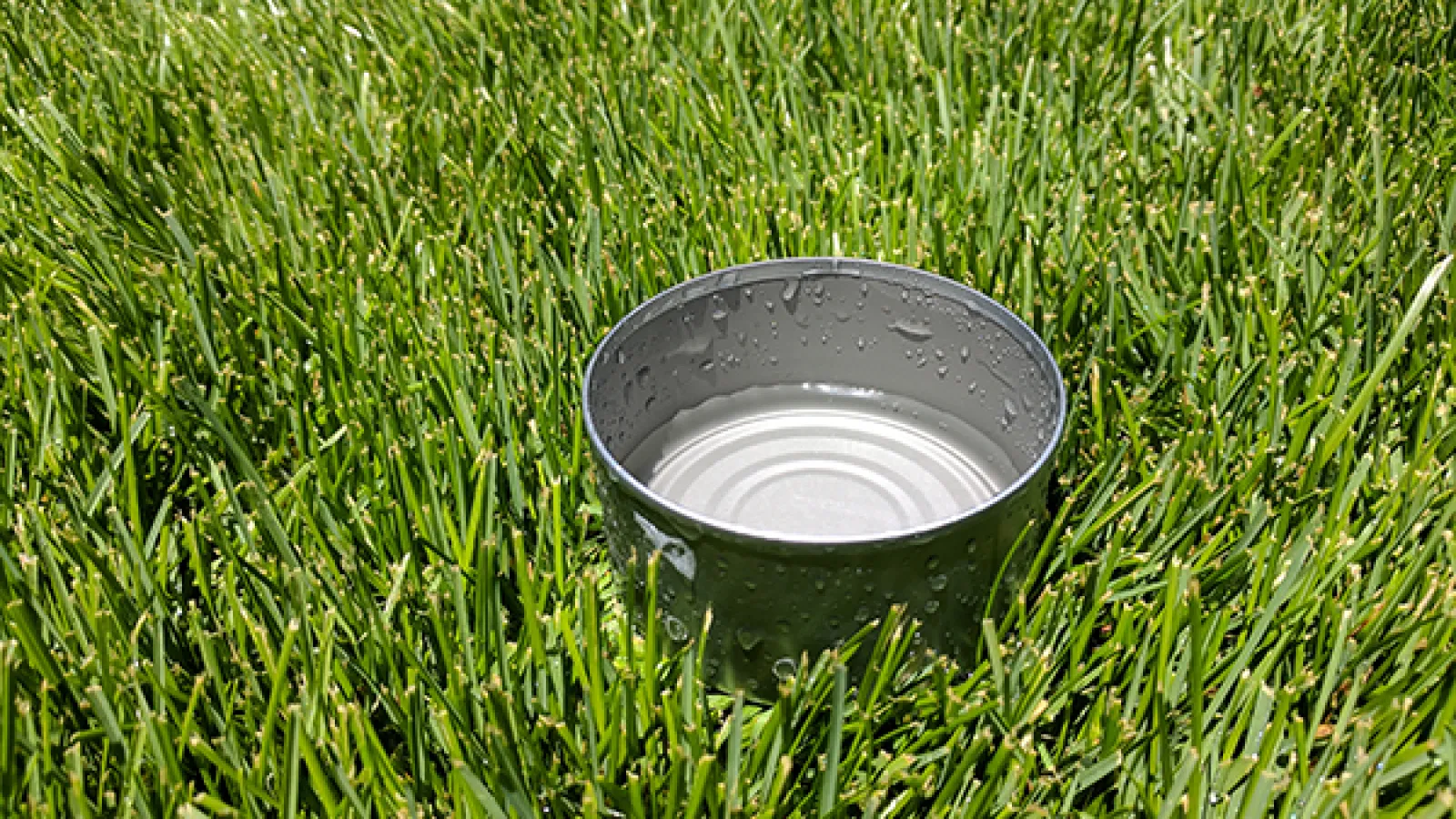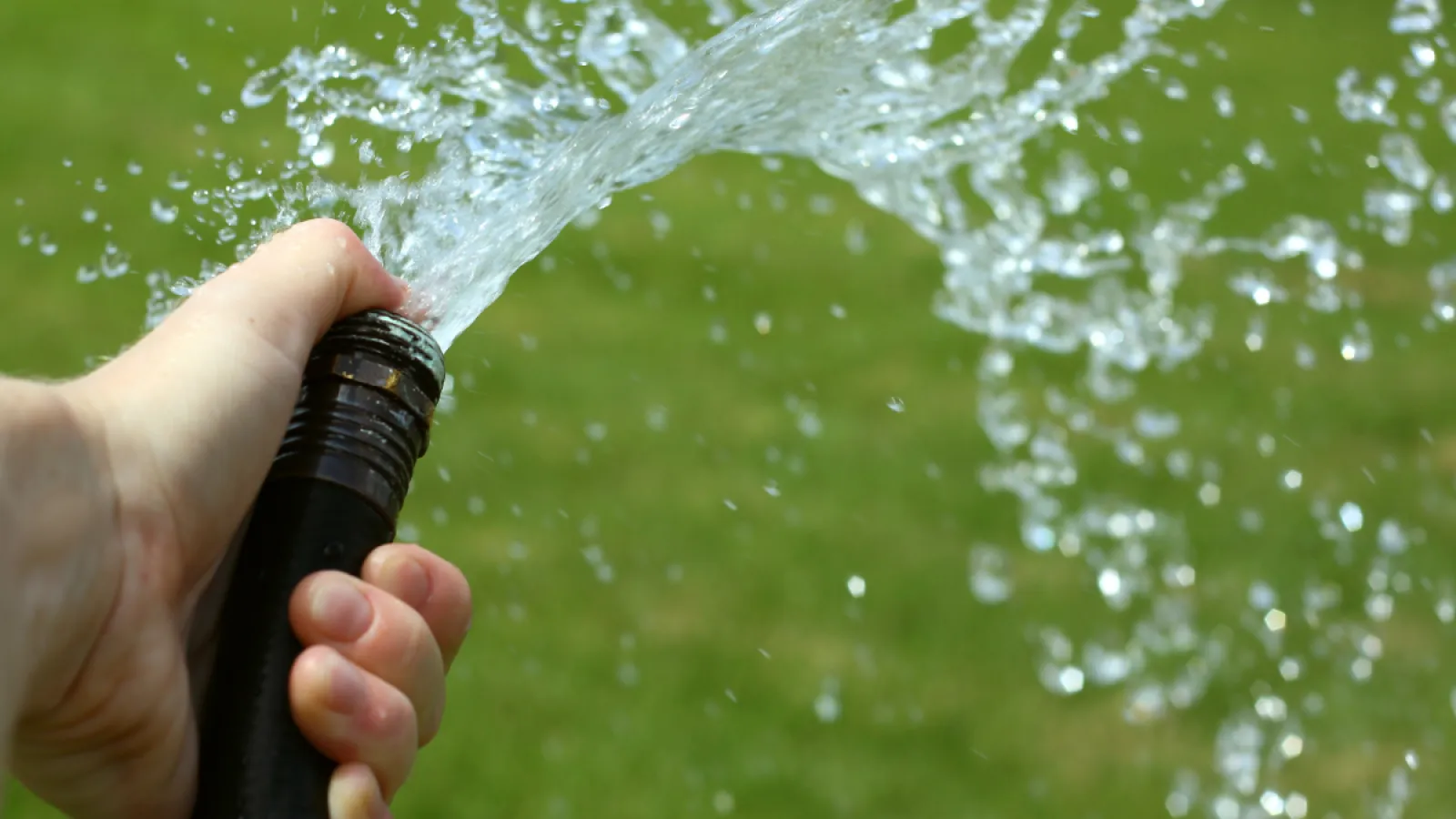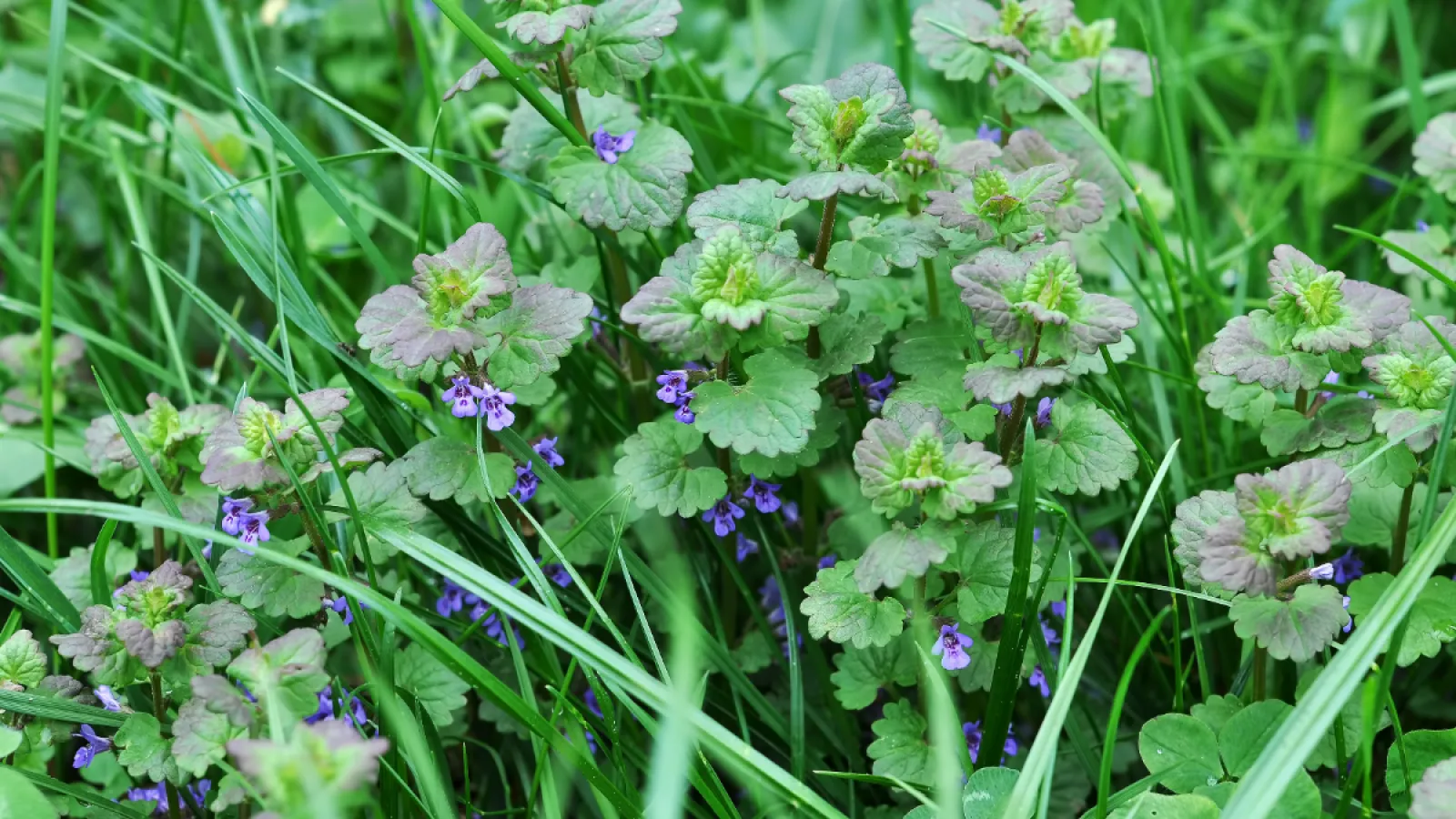
Summer Watering 101
The dog days are here. It's dry, it's hot—it's summer. Many lawns begin experiencing the effects of heat stress in the summer, which means it's time to give your grass a little turf TLC. Proper watering is critical to maintaining the health of your lawn throughout the summer.
When to water
For most of the year, lawns receive sufficient amounts of water from the rain. But during dry periods, your turf needs some extra help in quenching its thirst.
Watering early in the morning is important when it comes to keeping your lawn hydrated. The best time to water is 6:00 AM to 10:00 AM which allows the grass and soil to properly soak in the water. On the hottest days, try to mow even earlier—before the dew dries. Watering in the morning also helps your lawn stay cooler throughout the hottest parts of the day, decreasing the amount of heat stress for the turf.
If you are unable to water in the mornings, early evening (between 6:00 PM and 8:00 PM) is the next best time. This will give the grass enough time to absorb the water and dry before the sun goes down. While this time frame is acceptable, it's important not to water too late at night. If lawns aren't given enough time to dry off, they will stay wet overnight. This can make the grass susceptible to disease and fungus.
How much to water
Generally speaking, your lawn should receive around one inch of water per week to allow for deeper hydration. In the absence of precipitation, you need to water your lawn. And in the dog days of summer, as much as 2" of water per week may be necessary.
If you are not sure your lawn is getting enough water, there are a few easy ways to check. The simplest way is the screwdriver test. After your lawn is watered, take a long-blade screwdriver and stick it straight down into the soil. If your lawn is properly watered, the blade should puncture all the way down (at least 3 inches for clay soil) into the soil. If the screwdriver has trouble going in and the soil is hard and dry, your lawn is most likely not receiving enough water.

Another easy method to check your lawn's moisture is by using the "tuna can" method. If you use a sprinkler system, place an empty tuna can in each irrigation zone while watering. Set a timer to see how long it takes for the tuna cans to fill up to one inch. This will let you know how long you should be setting each zone to provide sufficient hydration. Take the time, divide it in half then run your irrigation system twice a week for that amount of time.
Overwatering and underwatering
Did you know that overwatering can cause more damage to your lawn than underwatering? Watering your lawn every day or even every other day can ruin your turf as the result of overwatering. The soil underneath your grass contains porous spaces containing oxygen vital to plant growth. Daily watering will push the air out of those spaces, filling the pores with water. This can cause the roots to suffocate and die. And this can result in a shallow root system and more susceptibility to weeds, disease and insect damage.
Signs that you are overwatering
● Development of thatch—A layer of decomposed plant material that builds up when overwatering prevents beneficial soil bacteria.
● Fungus—Thin or weak grass that has a reddish-orange color could be a sign of fungus from overwatering.
● Weeds—Overwatered lawns will develop weeds that are harder to control such as nutsedge and crabgrass.
● Insects—Too much water creates a conducive habitat for pests. Damage from armyworms, cutworms or other insects could be the result of overwatering.
On the other hand, if your lawn is being underwatered, it can experience drought damage, weeds and other symptoms.
Signs that you are underwatering
● Dry patches—If you notice your lawn has developed patchy areas of straw colored grass, this could be a result of too little water.
● Visible footprints on grass—If your turf is not springing back up when you step on it, this could be a sign that the grass blades are dehydrated.
● Slowed growth—If you notice you are not having to mow as often, your lawn's growth may be stunted as a result of too little water.
Though dry turf is never ideal, it is not the end of the world. Warm-season grasses such as Bermuda or Zoysia can bounce back from dehydration with attentive watering, fertilizer and aeration.
To help prevent drought damage in cool-season grasses like Fescue, a professional core aeration and seeding treatment every fall is imperative.
Happy lawn = Happy homeowner
While coming up with a summer watering schedule may seem stressful, our lawn experts are here to guide you. With helpful tips on proper watering, you can sit back and enjoy a healthy summer lawn. Contact us today for your free lawn evaluation.
Photo credit: K Rain


